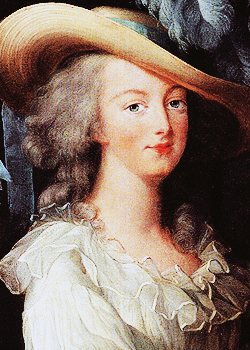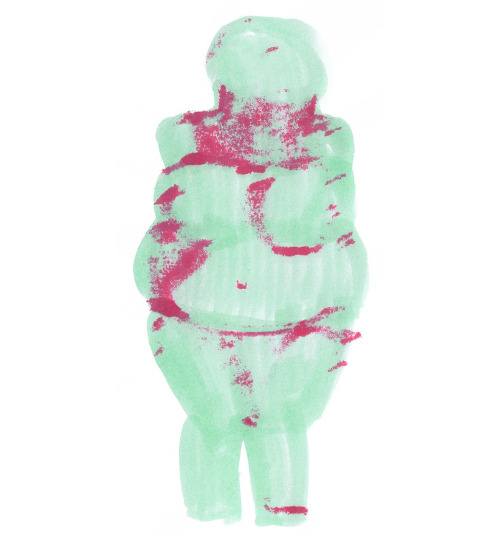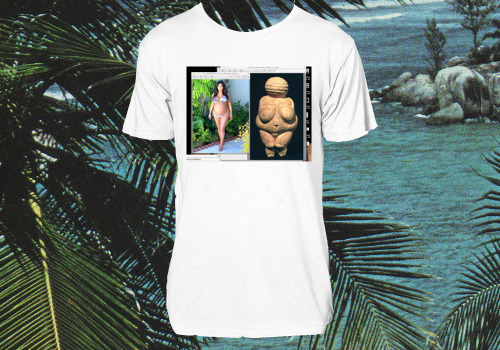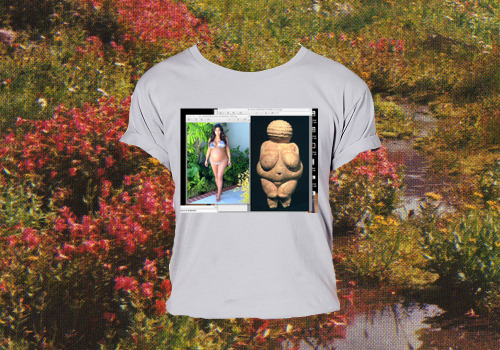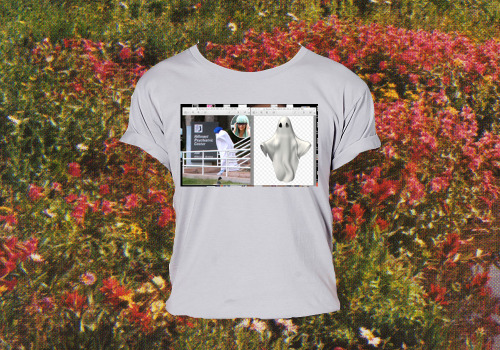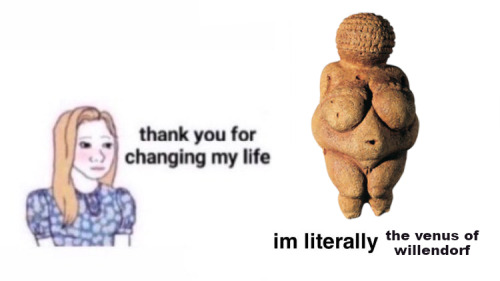#venus of willendorf

The almost 11-cm-high Venus figurine from Willendorf (Austria) is one of the most important examples of early art in Europe. It is made of a rock called oolite that is not found in or around Willendorf. A research team led by the anthropologist Gerhard Weber from the University of Vienna and the two geologists Alexander Lukeneder and Mathias Harzhauser as well as the prehistorian Walpurga Antl-Weiser from the Natural History Museum Vienna have now found out with the help of high-resolution tomographic images that the material from which the Venus was carved likely comes from northern Italy.
This sheds new light on the remarkable mobility of the first modern humans south and north of the Alps. The results currently appear in Scientific Reports.Read more.
Unknown, Venus of Willendorf , (ca. 28,000 - 25,000 BCE)
- limestone is hard, brittle, and difficult to carve; it is a native material to austria
- arbitrary name’
- named by location and after ‘venus’ greco/ROMAN goddess of love. venus is typically the only goddess depicted as nude, also the ‘ideal beauty’
- likely a fertility figure; emphasis on the volume and sexual areas of figure (breasts, pubic area); most prehistoric figures were mostly of women and mostly nude
- consider size: since it’s small, it’s portable; the people are nomadic food gatherers, so it’s very important to take art with them
Post link
Longstanding Mystery Surrounding the Origins of a 30,000-Year-Old Figurine Is Solved
“This sheds light on the origins of this Paleolithic era sculpture, and how people moved across landscapes during ancient times.”
Poor Austria, land of lederhausen and edelweiss, lonely goatherds and singing nuns: Rogers and Hammerstein sliced off your balls and made you the eunuch of Europe, at least as seen through North American eyes.
Crossing the ocean to pay homage to the musical, pilgrims will soon discover they were mislead. Austria is virile. The hills are alive with the sounds of orgasms. Sex work is legal (though regulated) in most Austrian provinces and the country has a lively sauna culture, usually with no gender segregation. Spas, pools and lakeside beaches often have “free body culture” zones–invitations to go skinny dipping–and television commercials may feature naked people selling coffee or cars. An academic study concluded that women in Austria are the most sexually-satisfied in the world.
Now, exporting sex- and body-positive values might get a country in trouble (even if those are things badly needed in most places.) Austria’s Post Office, however, has come up with a subtle way of sharing the pleasures of sexual freedom and equality in the bedroom: issuing stamps decorated with artistic erotica.
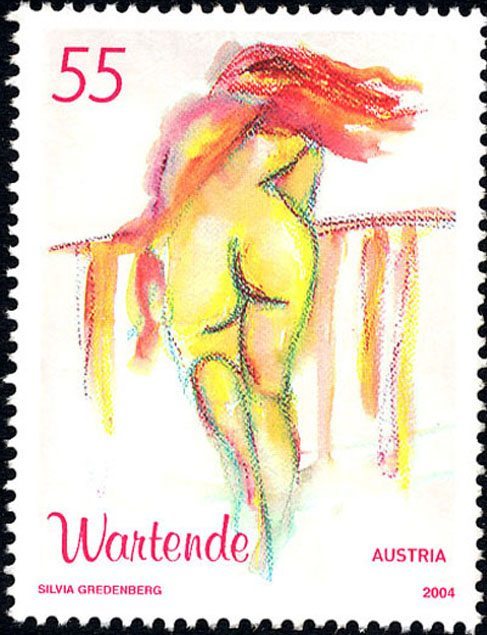
Both of those stamps are gorgeous and the artists, Dina Larot (top) and Silvia Gredenberg, deserve the recognition. Highlighting art by women seems appropriately Austrian, too–but perhaps the greatest painter in the erotic genre, Gustav Klimt, is not ignored.


What’s that I hear? You prefer your stamp nudity to be more masculine? Well, Austria really does have something for everyone. You can even see penis.


Both models, by the way, are rendered by women: Cornelia Schlesinger (top) and Astrid Bernhart.
So, have Austrians always appreciated the nude in art? That’s hard to know. We can only go back about 27,000 years. As you would probably expect by now, yes, that item is featured on one of the country’s stamps, too:

Post link
This week I’ve been hard at work finishing off one of my thesis chapters where I spend a little time discussing the significance of art and archaeology. Consequently, I found myself mulling over a lot of considerations about the ways in which art process can inform archaeological process and vice versa. A few weeks ago I was down in London for a couple of meetings and luckily managed to get myself a ticket to the newest exhibition at the British Museum – Ice Age Art: Arrival of the Modern Mind.
Post link
i am aware this is niche content but my life has never been the same since i first saw the venus of willendorf…. she’s just a little lady
Post link



